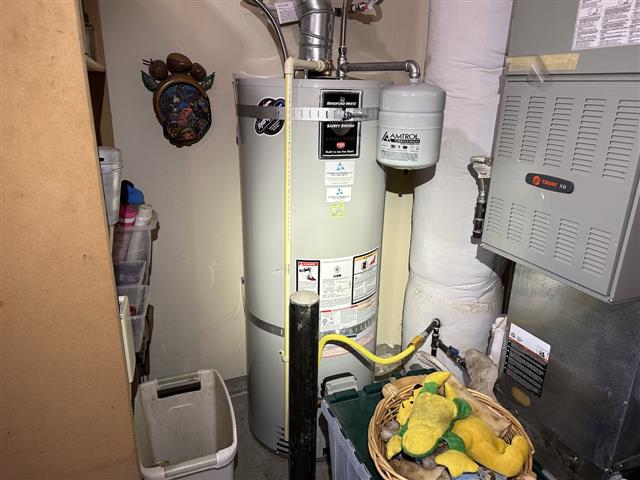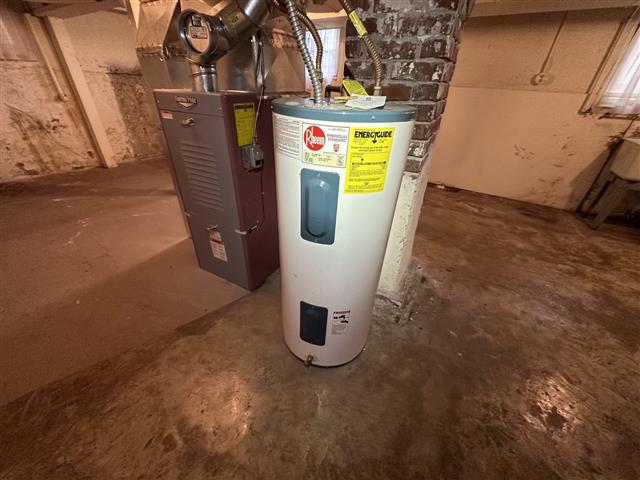
The first step in setting the water temperature for a tank water heater is to locate the temperature control dial or thermostat. The dial or thermostat is typically located near the bottom of the tank, and it is responsible for controlling the temperature of the water in the tank.
Once you have found the temperature control dial or thermostat, you can set the water temperature by turning the dial or adjusting the thermostat. Some temperature control dials or thermostats will have numbers that indicate the temperature of the water, usually in degrees Fahrenheit. To set the water temperature, turn the dial or adjust the thermostat to the desired temperature. Others will not have temperature indicated on the dial and therefore you will have to select a setting, let the water heater heat up, and then check the temperature of the water coming out of a faucet.

If your water heater is a gas model, it will have a single thermostat located near the bottom of the tank. Gas water heaters use natural gas or propane to heat water. A burner, ignited by a pilot light, burns the gas in a sealed combustion chamber above the water tank. The heat generated from the combustion is transferred to the water, heating it to the desired temperature controlled by a thermostat.
It is important to note that some water heaters may have a temperature limiting device that prevents the temperature from being set too high. This is a safety feature to prevent scalding or overheating.
Recommended Water Temperature:
The recommended water temperature for a water heater is 120°F (49°C). Having a water temperature above 120°F can pose several risks, including scalding and increased energy costs.
Scalding:
The most significant risk of having water temperature above 120°F is the risk of scalding. Water that is too hot can cause serious burns, especially for young children, the elderly, and people with disabilities who may have a slower response time to the heat. In addition, hot water can also cause dry, itchy skin and increase the risk of skin irritation and infections.
Increased Energy Costs:
Another risk of having water temperature above 120°F is increased energy costs. Water heaters have to work harder to maintain a higher water temperature, which means they consume more energy. This not only increases your monthly energy bill, but it also contributes to a higher carbon footprint and reduces the lifespan of the water heater.
Reduced Lifespan of the Water Heater:
Finally, having water temperature above 120°F can also reduce the lifespan of the water heater. Higher temperatures can cause corrosion and other forms of wear and tear on the water heater, which can reduce its efficiency and lead to costly repairs or premature replacement.
You can see a visual guide of how to set water heater temperatures here:
